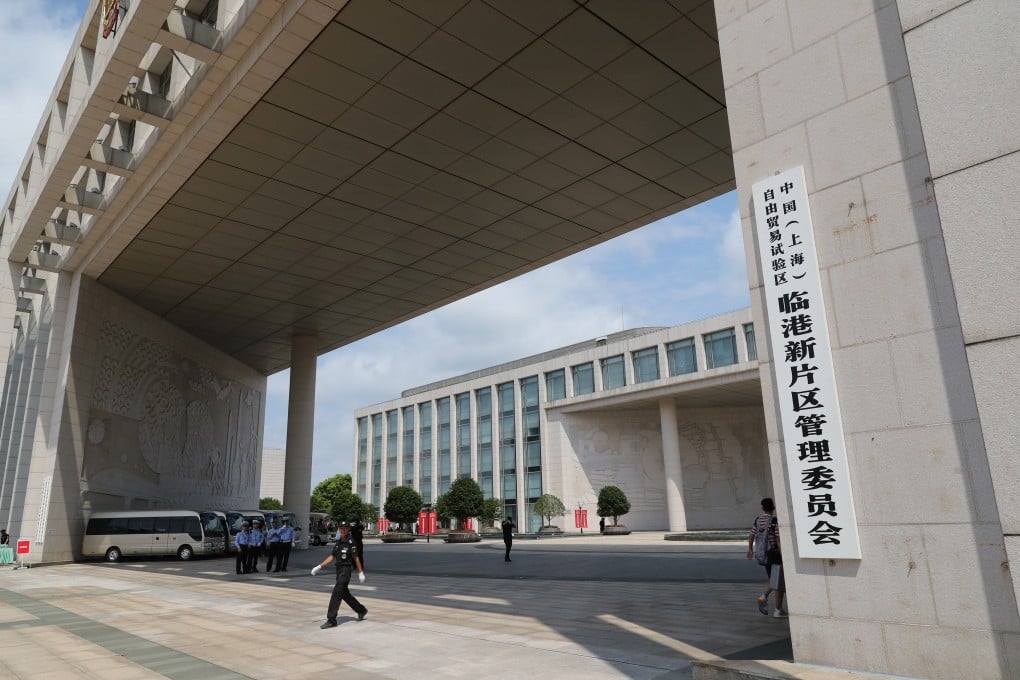Shanghai wants to drive up Lingang output with more success stories like Tesla’s, targets 600 billion yuan in output by 2022
- China’s commercial and financial capital is looking to better use existing preferential policies to unlock Lingang’s potential and attract top companies from home and abroad
- Shanghai wants to draw 400 billion yuan in investments to the manufacturing sector by 2022

The Shanghai government is pulling out all stops to draw foreign investment to the Lingang free-trade zone, with the aim of driving up its annual industrial output to 600 billion yuan (US$86.7 billion) by 2022.
Mainland China’s commercial and financial capital is looking to better use existing preferential policies – lower corporate income tax, duty-free customs zones and flexible land distribution – to unlock Lingang’s potential and attract top companies from home and abroad, Chen Yin, Shanghai’s executive vice mayor, said on Thursday. Shanghai wants to draw 400 billion yuan in investments to the manufacturing sector by 2022.
“New spaces, new momentum and new patterns for high-quality development will be key elements characterising the zone,” Chen said.
To put the ambitious target for Lingang into context, Hong Kong’s entire gross domestic product stood at HK$617.4 billion (US$79.7 billion) in the second quarter following a contraction. At 600 billion yuan, the zone, which represents 2 per cent of Shanghai’s geographic size, will also equal 17 per cent of the city’s GDP last year.

01:08
Shanghai Free-Trade Zone doubles in size to include Tesla base, drawing US$1.55 billion investment
The US$2 billion factory began delivering Tesla’s Model 3 cars to Chinese consumers this year, and has helped it clinch the title of mainland China’s bestselling electric vehicle manufacturer.